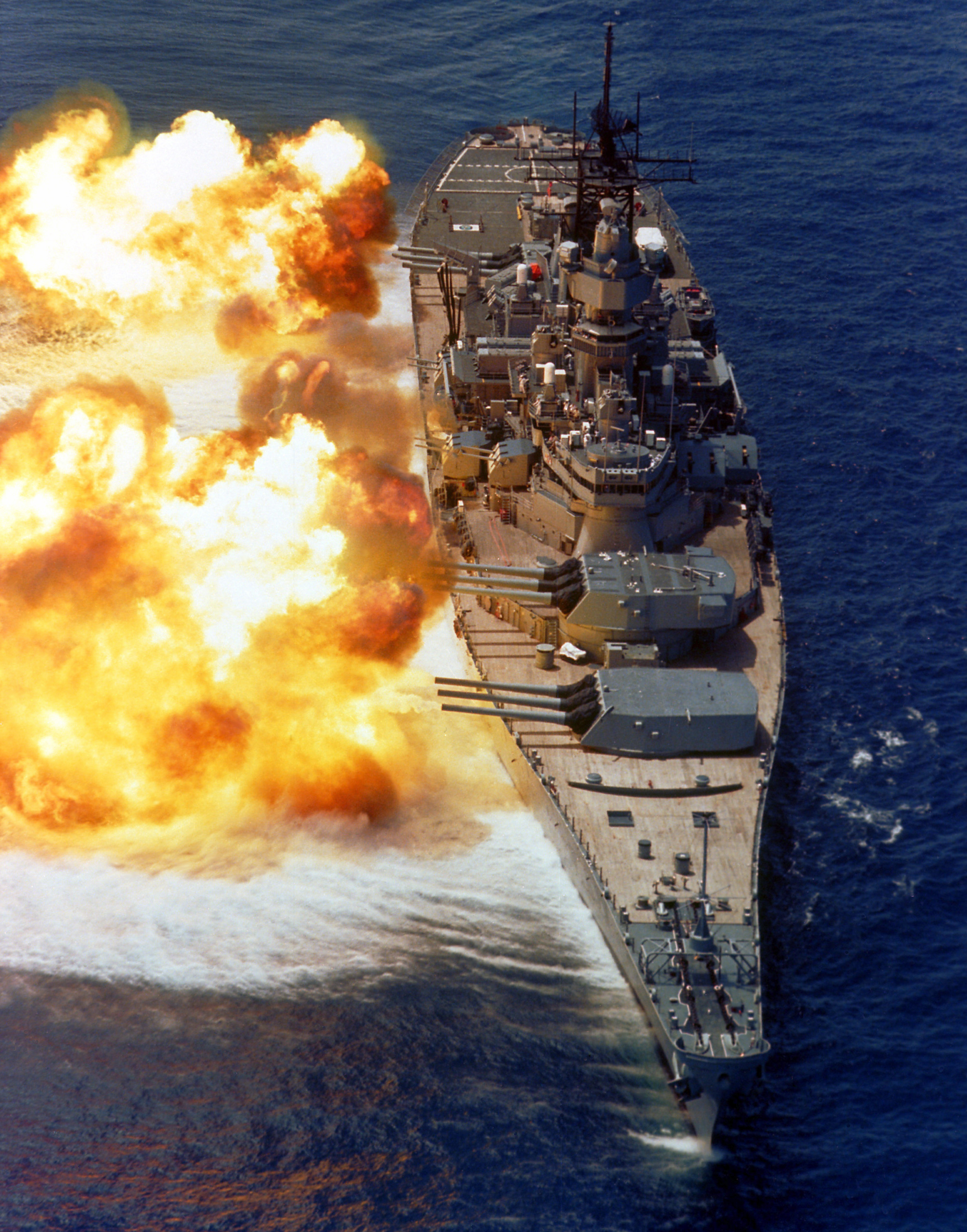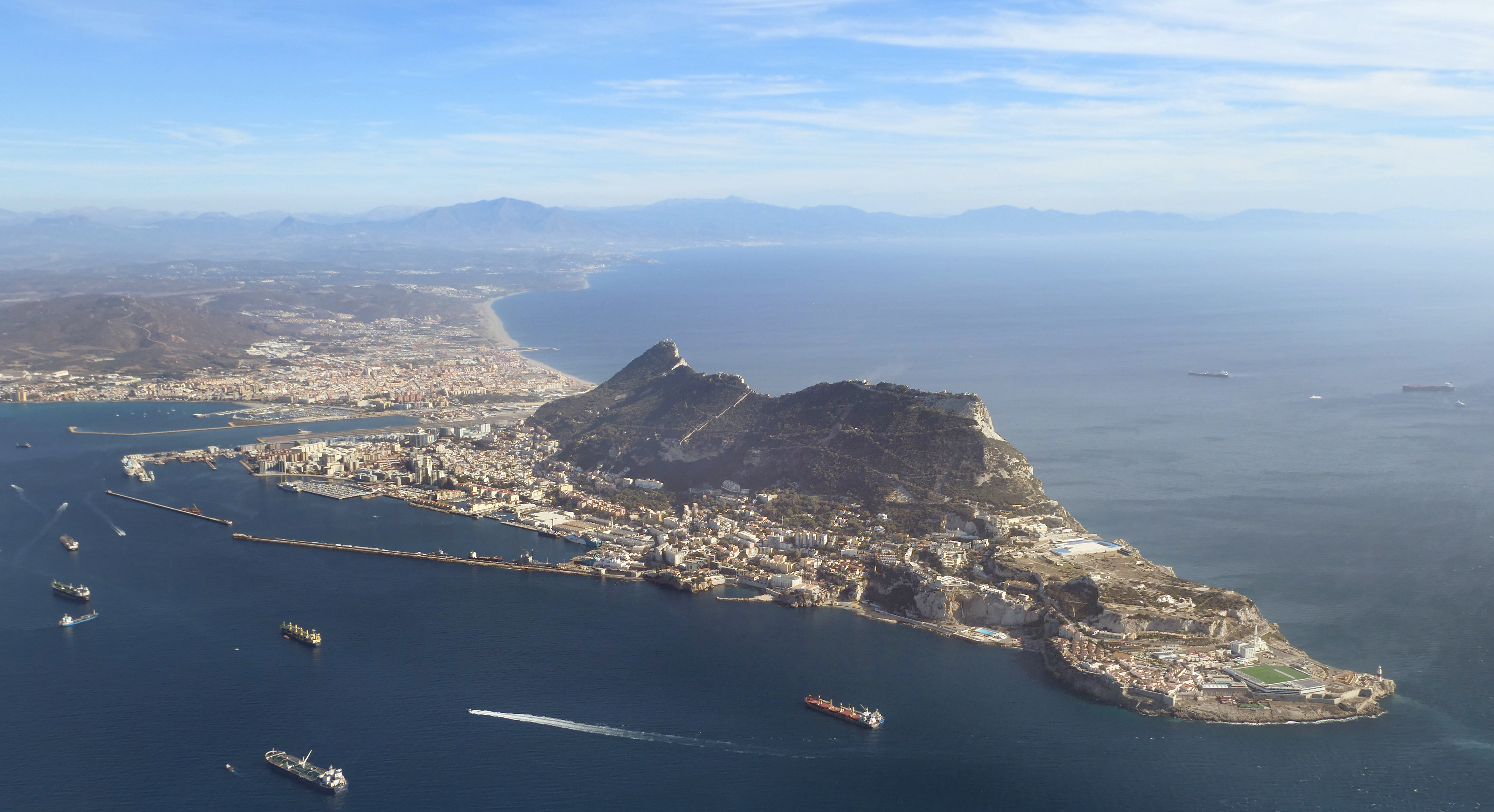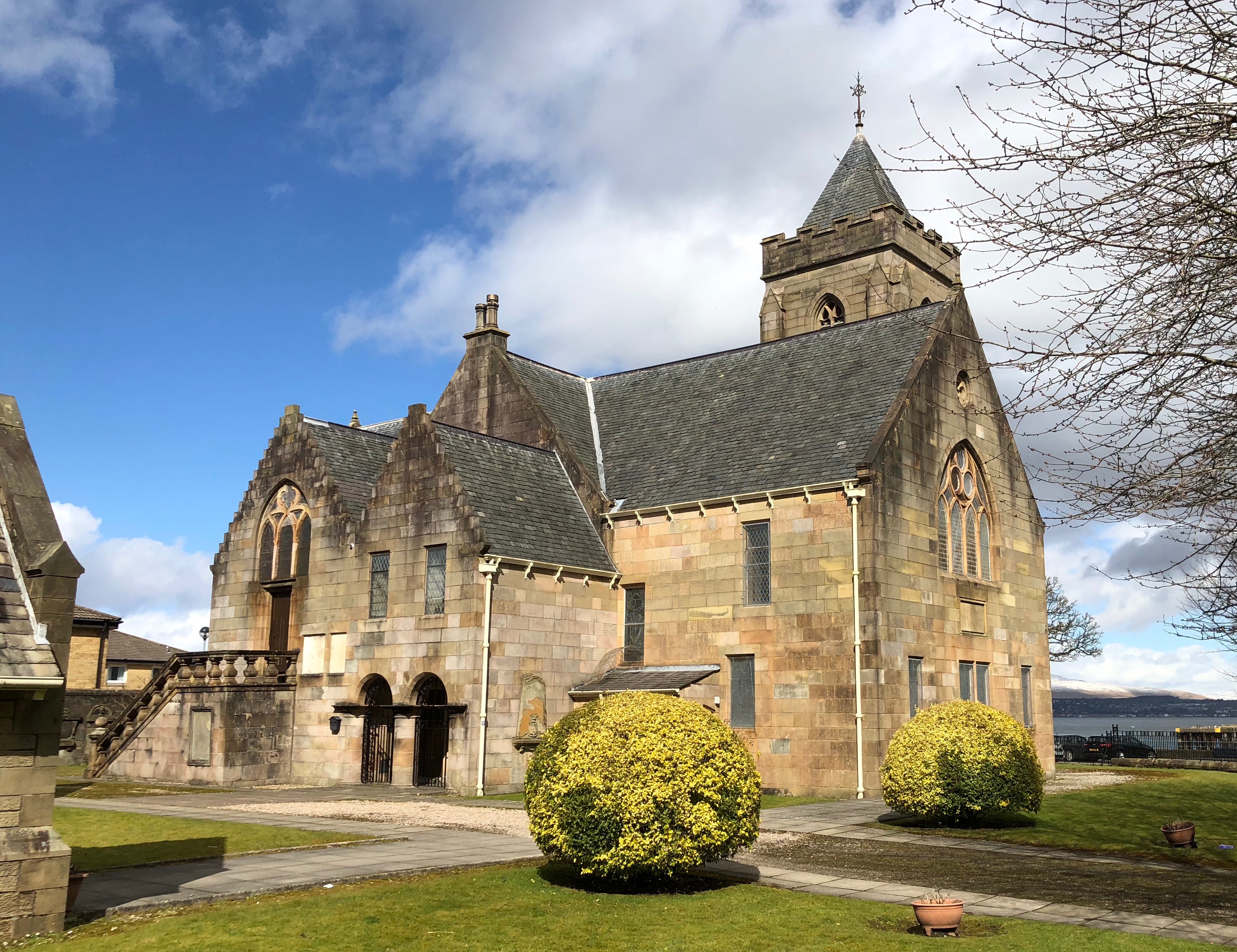|
HMS Lively (G40)
HMS ''Lively'' was an L-class destroyer of the Royal Navy. She served during the Second World War, and was sunk in the Mediterranean in an air attack on 11 May 1942. Commissioned in 1941, she was briefly active in home waters, sailing in the North Sea, but was soon reassigned to the Mediterranean, where she was active as part of the Mediterranean Fleet, and Force K, based at Malta. ''Lively'' took part in escorting several convoys to and from the island, as well as intercepting enemy supply convoys to North Africa. She took part in the First and Second Battles of Sirte, and was damaged on a number of occasions in air and surface attacks. She was eventually sunk off Tobruk in May 1942 while trying to intercept an enemy convoy. Building and commissioning ''Lively'' was ordered on 31 March 1938 from Cammell Laird, of Birkenhead as part of the 1937 Programme. She was laid down on 20 December 1938, launched on 29 January 1941, and commissioned on 20 July 1941. Her initial armame ... [...More Info...] [...Related Items...] OR: [Wikipedia] [Google] [Baidu] |
United Kingdom
The United Kingdom of Great Britain and Northern Ireland, commonly known as the United Kingdom (UK) or Britain, is a country in Europe, off the north-western coast of the European mainland, continental mainland. It comprises England, Scotland, Wales and Northern Ireland. The United Kingdom includes the island of Great Britain, the north-eastern part of the island of Ireland, and many List of islands of the United Kingdom, smaller islands within the British Isles. Northern Ireland shares Republic of Ireland–United Kingdom border, a land border with the Republic of Ireland; otherwise, the United Kingdom is surrounded by the Atlantic Ocean, the North Sea, the English Channel, the Celtic Sea and the Irish Sea. The total area of the United Kingdom is , with an estimated 2020 population of more than 67 million people. The United Kingdom has evolved from a series of annexations, unions and separations of constituent countries over several hundred years. The Treaty of Union between ... [...More Info...] [...Related Items...] OR: [Wikipedia] [Google] [Baidu] |
Mediterranean Fleet (United Kingdom)
The British Mediterranean Fleet, also known as the Mediterranean Station, was a formation of the Royal Navy. The Fleet was one of the most prestigious commands in the navy for the majority of its history, defending the vital sea link between the United Kingdom and the majority of the British Empire in the Eastern Hemisphere. The first Commander-in-Chief for the Mediterranean Fleet was the appointment of General at Sea Robert Blake in September 1654 (styled as Commander of the Mediterranean Fleet). The Fleet was in existence until 1967. Pre-Second World War The Royal Navy gained a foothold in the Mediterranean Sea when Gibraltar was captured by the British in 1704 during the War of Spanish Succession, and formally allocated to Britain in the 1713 Treaty of Utrecht. Though the British had maintained a naval presence in the Mediterranean before, the capture of Gibraltar allowed the British to establish their first naval base there. The British also used Port Mahon, on the ... [...More Info...] [...Related Items...] OR: [Wikipedia] [Google] [Baidu] |
Battleship
A battleship is a large armored warship with a main battery consisting of large caliber guns. It dominated naval warfare in the late 19th and early 20th centuries. The term ''battleship'' came into use in the late 1880s to describe a type of ironclad warship,Stoll, J. ''Steaming in the Dark?'', Journal of Conflict Resolution Vol. 36 No. 2, June 1992. now referred to by historians as pre-dreadnought battleships. In 1906, the commissioning of into the United Kingdom's Royal Navy heralded a revolution in the field of battleship design. Subsequent battleship designs, influenced by HMS ''Dreadnought'', were referred to as "dreadnoughts", though the term eventually became obsolete as dreadnoughts became the only type of battleship in common use. Battleships were a symbol of naval dominance and national might, and for decades the battleship was a major factor in both diplomacy and military strategy.Sondhaus, L. ''Naval Warfare 1815–1914'', . A global arms race in battleship con ... [...More Info...] [...Related Items...] OR: [Wikipedia] [Google] [Baidu] |
Aircraft Carrier
An aircraft carrier is a warship that serves as a seagoing airbase, equipped with a full-length flight deck and facilities for carrying, arming, deploying, and recovering aircraft. Typically, it is the capital ship of a fleet, as it allows a naval force to project air power worldwide without depending on local bases for staging aircraft operations. Carriers have evolved since their inception in the early twentieth century from wooden vessels used to deploy balloons to nuclear-powered warships that carry numerous fighters, strike aircraft, helicopters, and other types of aircraft. While heavier aircraft such as fixed-wing gunships and bombers have been launched from aircraft carriers, these aircraft have not successfully landed on a carrier. By its diplomatic and tactical power, its mobility, its autonomy and the variety of its means, the aircraft carrier is often the centerpiece of modern combat fleets. Tactically or even strategically, it replaced the battleship in th ... [...More Info...] [...Related Items...] OR: [Wikipedia] [Google] [Baidu] |
Gibraltar
) , anthem = " God Save the King" , song = " Gibraltar Anthem" , image_map = Gibraltar location in Europe.svg , map_alt = Location of Gibraltar in Europe , map_caption = United Kingdom shown in pale green , mapsize = , image_map2 = Gibraltar map-en-edit2.svg , map_alt2 = Map of Gibraltar , map_caption2 = Map of Gibraltar , mapsize2 = , subdivision_type = Sovereign state , subdivision_name = , established_title = British capture , established_date = 4 August 1704 , established_title2 = , established_date2 = 11 April 1713 , established_title3 = National Day , established_date3 = 10 September 1967 , established_title4 = Accession to EEC , established_date4 = 1 January 1973 , established_title5 = Withdrawal from the EU , established_date5 = 31 January 2020 , official_languages = English , languages_type = Spoken languages , languages = , capital = Westside, Gibraltar (de facto) , coordinates = , largest_settlement_type = largest district , larg ... [...More Info...] [...Related Items...] OR: [Wikipedia] [Google] [Baidu] |
4th Destroyer Flotilla
The British 4th Destroyer Flotilla , or Fourth Destroyer Flotilla, was a naval formation of the Royal Navy from August 1909 to July 1951. History In 1907 the Home Fleet had a large formation of destroyers called the Home Fleet Flotilla of destroyers, Between February and June 1909 it was divided to form the 2nd and 4th Destroyer Flotillas. Between 1909 and 1912 it was part of the Home Fleet - 3rd Division at Portsmouth. From 1912 to August 1914 it was reassigned and operating with the 1st Fleet. At the start of World War One the flotilla was reassigned to the new Grand Fleet and was engaged at the Battle of Jutland it remained with the GF until September 1916 when it was transferred to the Humber Force that was receiving shore support from the Humber Station till December 1916. The flotilla was next allocated to the Portsmouth Command until July 1917. After being ordered to leave Portsmouth it was reassigned to the Commander-in-Chief, Devonport where it remained till November 1 ... [...More Info...] [...Related Items...] OR: [Wikipedia] [Google] [Baidu] |
Dundee
Dundee (; sco, Dundee; gd, Dùn Dè or ) is Scotland's List of towns and cities in Scotland by population, fourth-largest city and the List of urban areas in the United Kingdom, 51st-most-populous built-up area in the United Kingdom. The mid-year population estimate for 2016 was , giving Dundee a population density of 2,478/km2 or 6,420/sq mi, the List of Scottish council areas by population density, second-highest in Scotland. It lies within the eastern central Lowlands on the north bank of the Firth of Tay, which feeds into the North Sea. Under the name of Dundee City, it forms one of the 32 Council areas of Scotland, council areas used for local government in Scotland. Within the boundaries of the Shires of Scotland, historic county of Angus, Scotland, Angus, the city developed into a burgh in the late 12th century and established itself as an important east coast trading port. Rapid expansion was brought on by the Industrial Revolution, particularly in the 19th century w ... [...More Info...] [...Related Items...] OR: [Wikipedia] [Google] [Baidu] |
Scapa Flow
Scapa Flow viewed from its eastern end in June 2009 Scapa Flow (; ) is a body of water in the Orkney Islands, Scotland, sheltered by the islands of Mainland, Graemsay, Burray,S. C. George, ''Jutland to Junkyard'', 1973. South Ronaldsay and Hoy. Its sheltered waters have played an important role in travel, trade and conflict throughout the centuries. Vikings anchored their longships in Scapa Flow more than a thousand years ago. It was the United Kingdom's chief naval base during the First and Second World Wars, but the facility was closed in 1956. Scapa Flow has a shallow sandy bottom not deeper than and most of it is about deep; it is one of the great natural harbours and anchorages of the world, with sufficient space to hold a number of navies. The harbour has an area of and contains just under 1 billion cubic metres of water. Since the scuttling of the German fleet after World War I, its wrecks and their marine habitats form an internationally acclaimed di ... [...More Info...] [...Related Items...] OR: [Wikipedia] [Google] [Baidu] |
Greenock
Greenock (; sco, Greenock; gd, Grianaig, ) is a town and administrative centre in the Inverclyde council area in Scotland, United Kingdom and a former burgh within the historic county of Renfrewshire, located in the west central Lowlands of Scotland. It forms part of a contiguous urban area with Gourock to the west and Port Glasgow to the east. The 2011 UK Census showed that Greenock had a population of 44,248, a decrease from the 46,861 recorded in the 2001 UK Census. It lies on the south bank of the Clyde at the "Tail of the Bank" where the River Clyde deepens into the Firth of Clyde. History Name Place-name scholar William J. Watson wrote that "Greenock is well known in Gaelic as Grianáig, dative of grianág, a sunny knoll". The Scottish Gaelic place-name ''Grianaig'' is relatively common, with another (Greenock) near Callander in Menteith (formerly in Perthshire) and yet another at Muirkirk in Kyle, now in East Ayrshire. R. M. Smith in (1921) described the alternat ... [...More Info...] [...Related Items...] OR: [Wikipedia] [Google] [Baidu] |
Western Approaches Command
Commander-in-Chief, Western Approaches was the commander of a major operational command of the Royal Navy during World War II. The admiral commanding, and his forces, sometimes informally known as 'Western Approaches Command,' were responsible for the safety of British shipping in the Western Approaches. History Admiral Martin Dunbar-Nasmith, who had been Commander-in-Chief, Plymouth, also took over responsibility for the Western Approaches from the start of World War II. After the fall of France in June 1940, the main North Atlantic convoy routes were diverted around the north of Ireland through the north-western approaches.History of Derby House (Western Approaches Museum) accessed 1 May 2017 By late 1940, the location of the Combined Operations headquarters at Plymouth was increasingly awkwa ... [...More Info...] [...Related Items...] OR: [Wikipedia] [Google] [Baidu] |
Tobruk
Tobruk or Tobruck (; grc, Ἀντίπυργος, ''Antipyrgos''; la, Antipyrgus; it, Tobruch; ar, طبرق, Tubruq ''Ṭubruq''; also transliterated as ''Tobruch'' and ''Tubruk'') is a port city on Libya's eastern Mediterranean coast, near the border with Egypt. It is the capital of the Butnan District (formerly Tobruk District) and has a population of 120,000 (2011 est.)."Tobruk" (history), ''Encyclopædia Britannica'', 2006, Britannica Concise Encyclopedia, ''Concise.Britannica.com'BC-Tobruk. Tobruk was the site of an ancient Greek colony and, later, of a Roman fortress guarding the frontier of Cyrenaica. Over the centuries, Tobruk also served as a waystation along the coastal caravan route. By 1911, Tobruk had become an Italian military post, but during World War II, Allied forces, mainly the Australian 6th Division, took Tobruk on 22 January 1941. The Australian 9th Division (" The Rats of Tobruk") pulled back to Tobruk to avoid encirclement after actions at Er R ... [...More Info...] [...Related Items...] OR: [Wikipedia] [Google] [Baidu] |
Second Battle Of Sirte
The Second Battle of Sirte (on 22 March 1942) was a naval engagement in the Mediterranean Sea, north of the Gulf of Sidra and southeast of Malta, during the Second World War. The escorting warships of a British convoy to Malta held off a much more powerful squadron of the (Italian Navy). The British convoy was composed of four merchant ships, escorted by four light cruisers, one anti-aircraft cruiser and 17 destroyers. The Italian force comprised a battleship, two heavy cruisers, one light cruiser and ten destroyers. Despite the initial British success at warding off the Italian squadron, the Italian Fleet attack delayed the convoy's planned arrival before dawn, which exposed it to intense air attacks that sank all four merchant ships and one of the escorting destroyers in the following days. Background Malta Up to the end of 1941, with of cargo had reached Malta without loss and a reserve of seven months' supplies had been accumulated. Three convoys to Malta in 1941 suffe ... [...More Info...] [...Related Items...] OR: [Wikipedia] [Google] [Baidu] |






